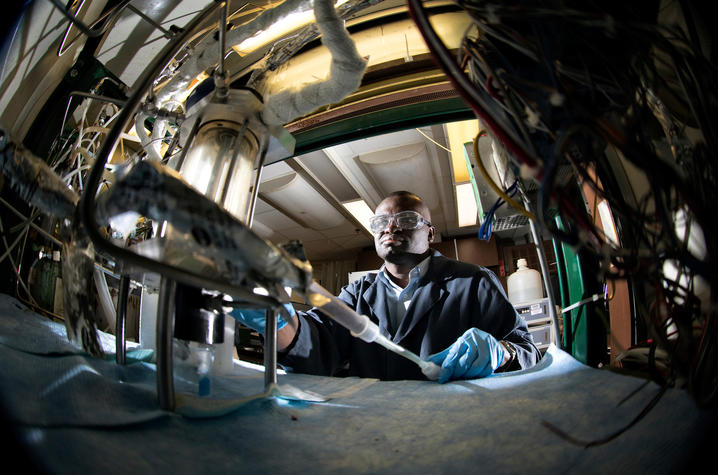In the mid-2000s, it had become abundantly clear that capturing carbon dioxide was the engineering challenge of our time. No matter the audience — industry leaders, government officials and researchers — there was global consensus around the importance for CO2 capture.
Here in Kentucky, that same message emanated from energy utilities. Researchers at the University of Kentucky Center for Applied Energy Research (CAER) listened and responded with an industrial-governmental-academic consortium that has led to changes in global industrial processes, numerous patents and publications, and scientific breakthroughs that are changing Kentucky’s and the world’s economy.
CAER launched its CO2 capture research program in 2006 with $1.5 million initial investment from Louisville Gas and Electric Company and Kentucky Utilities Company (LG&E and KU). The center’s Power Generation research group, led by Kunlei Liu, Ph.D., associate director for Research at CAER and an associate professor of mechanical engineering in UK’s College of Engineering, began its investigations in a laboratory, working to chemically “grab” carbon dioxide from flue gas.
At that same time, utilities in Kentucky and state government officials were seeking a research collaboration to help learn more about capturing CO2. There were no regulations on carbon dioxide emissions in 2006 but the national conversation had shifted. Changes were coming to the power generation industry.
Thanks to CAER’s longtime relationship with Kentucky’s energy companies and the Kentucky Energy & Environment Cabinet (EEC), a Commonwealth conversation emerged. And the result of that dialogue was a groundbreaking public-private research consortium that brought together resources to help solve this energy imperative.




























